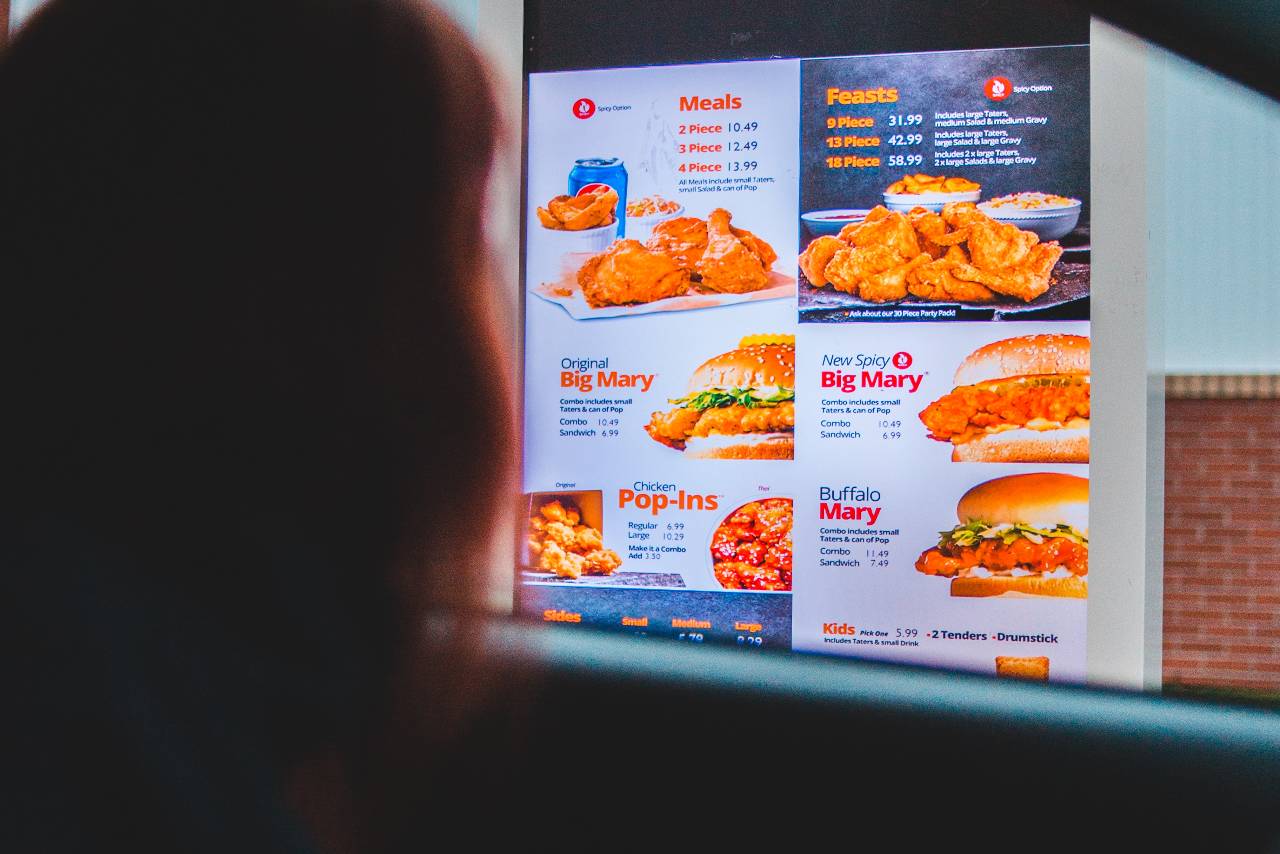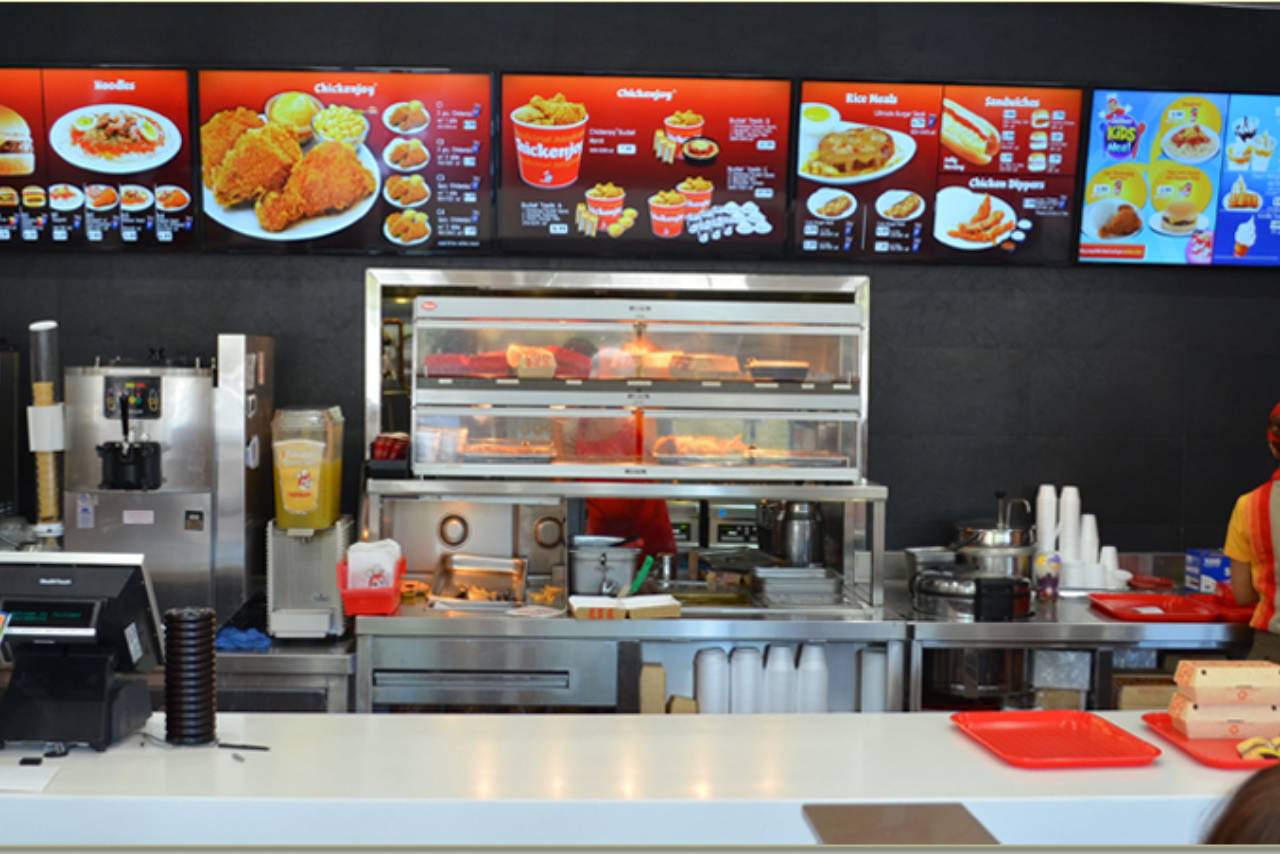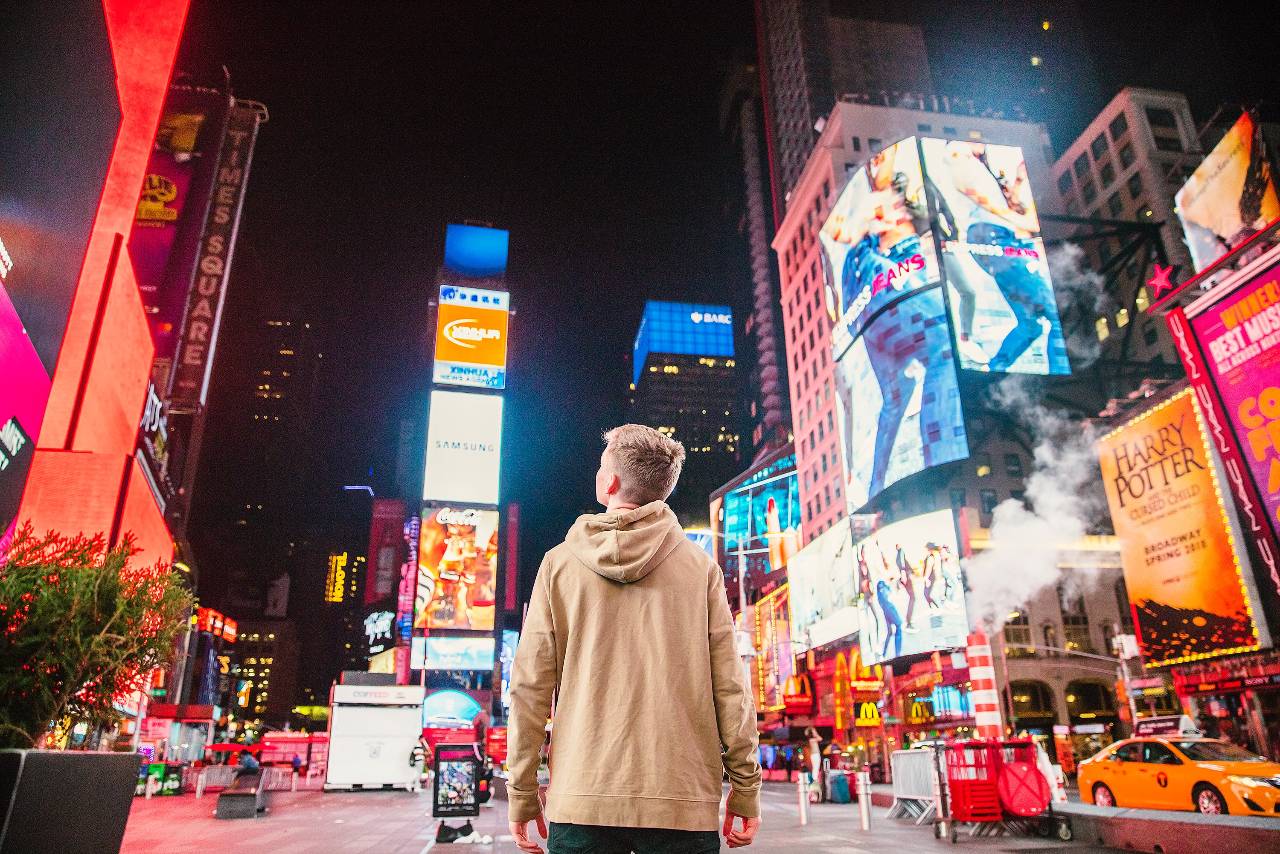How to Create the Best Digital Menu Board For Restaurants
Digital menus utilize videos, graphics, and customized messaging to inform customers about menu items, display company information, and offer promotions. Read about how to create the best digital menu board for restaurants here.

More and more restaurants are switching out their printed menus or handwritten signage for digital menu boards, or boards that display menu items digitally.
Digital menu boards are an aesthetically pleasing way to showcase product items, run advertisements, and direct customers to the company website or social media page. Boards are versatile, easy to update, an excellent outlet to market promotional items, and a unique way to entice customers.
So, how can restaurant owners create the best digital menu? Read ahead to know some benefits, tips, examples, and best practices.

Benefits of Digital Menu Boards
So, what are the benefits of restaurant menu boards? Digital menus provide an endless amount of ways to showcase a brand, upsell items, and create a call to action. Other benefits include-
- Quick Updates- Digital signage software allows for quick content updates at any time, and content also be scheduled to appear/change as frequently as necessary
- Better Customer Experience- Menu boards give information to customers as soon as they walk in. Signs can be positioned at any place in the store and utilized to show videos, graphics, or promotional information that entice the customer.
- Decreased Wait Time- Fast food restaurants can integrate digital menu boards with queue management systems to tell customers their place in line. They can also show wait times and display the customer's name so they know when their order is ready Also, unique content on boards can provide a distraction to hungry customers and make the perceived wait time seem shorter
- Showcase Nutritional Information- Boards can be utilized to show calorie information and offer lighter menu items or items for particular health needs (i.e. gluten-free products)
- Entertain & Engage- Eye-catching digital signage can display news, sports, and weather information to keep customers engaged while they wait
- Grow Social Audience- Using boards to display the restaurant's social media information or direct patrons to the restaurant's website is a great way to improve brand recognition and engage with patrons

Digital Menu Board Design Tips
Here are some best practices for creating the best digital menu-
Add Color
Color choice depends on how the restaurant decors itself. The key is to try and pick a color scheme that contrasts against the wall the menu board is placed. A dark screen against a white wall, for example, can be a great way to attract attention. Also, try to pick just three primary colors to ensure displays don't detract from the message.
Use Video & Movement
Humans are naturally attracted to movement. In fact, 51% of marketing professionals worldwide name video as the type of content with the best return on investment. Cinemograph, (when one movement parallaxes against a completely static screen) is a frequently utilized advertising method. For example, putting an animated cup of coffee against its price is a great way to utilize cinemograph and bring attention to the coffee, rather than the price.
Choosing Fonts
Consider how far the screen will be from the furthest point of the audience and make sure the font is big enough to be seen from that vantage point. Utilize easy-to-read sans-serif fonts, such as Arial or Verdana, as viewers can clearly differentiate between the different characters within those font options. Use large sizes and avoid fonts in bright colors if there is already plenty of color throughout the menu board design, as too many bright colors can detract from the main message.
Creating Action
The purpose of the menu board is to entice customers to act (order). If they don't know what they want, then the board's purpose is to help facilitate their decision. Include messages such as ask about our specials or visit our website for a 2-for-1 promotion to help them narrow down a decision (or buy an additional item). Leaving the call to action on-screen at all times can help this message stay in the viewer's minds for the next time they order as well.
Use Realistic Images
Some digital menu board designers mistakenly use stock or generic images in place of unique visuals that would better portray a company's brand. Utilize real photos or videos of the company's food/drinks so customers can connect with what is actually being sold. Photograph items in natural daylight to avoid using a flash, as a flash can remove natural shadows and give menu dishes a flat appearance. For inspiration on proper angling and backdrop options, look on Instagram and Pinterest.

Best Practices & Examples
Here are some best practices for implementing a digital menu board, along with examples from 3 different restaurants.
Content Management & Automation
Larger fast-food chains can't always delegate content updates to individual franchise owners. New promotions are often implemented on a daily basis, and trying to communicate with thousands of individual locations to update their content each day isn't reasonable. This is why it's important for larger chains to automate their content from one location (i.e. the corporate office).
For example, McDonald's corporate office used to email managers directly to tell them to make a content update to their board. Unfortunately, many managers didn't have proper training in utilizing digital menu software to make changes, or they didn't see the email updates. McDonald's resolved this by updating the content automatically from their corporate location. While smaller restaurant chains may have the option to delegate menu board updates to individual managers, larger ones don't.
Finding a Target Audience(s)
Restaurants need to have a content creation strategy before implementing their menu board. The strategy must include segmenting customers (i.e. college kids drink alcohol late at night, families eat breakfast in the morning) and then creating content tailored towards those different audiences. This allows restaurants to improve customer service, upsell items, and increase their revenue.
For example, Mamuska Polish Kitchen & Bar began to keep track of who exactly came into their restaurant and when. They segmented their customers into 3 separate groups- Polish ex-pats in London, Polish tour groups, and London locals. They determined which group tended to eat at a particular time (i.e. locals and Polish tourists at dinner) and then pushed menu items tailored towards those groups on the menu board. (i.e. alcohol promotions at dinner for tourist groups).
Strategize to Make a Unique Digital Display
Simply putting up menu items and their prices on the board isn't always enough to generate results. Creating a strategy to market menu items through images, videos or powerful messaging is the best way to derive the most benefit from digital menu boards.
To illustrate, Mitchell's Deli was only selling 4 out of 12 rotisserie chickens per week, and it was one of their signature items. They wanted to increase their chicken sales and utilize their menu board to do so. Mitchell's Deli hired a content creator who began filming the way the chickens were made in the kitchen. (Think the Food Channel). Then, they played the video on their digital menu board throughout the day. After a month they were selling out of all of their chickens on a daily basis.